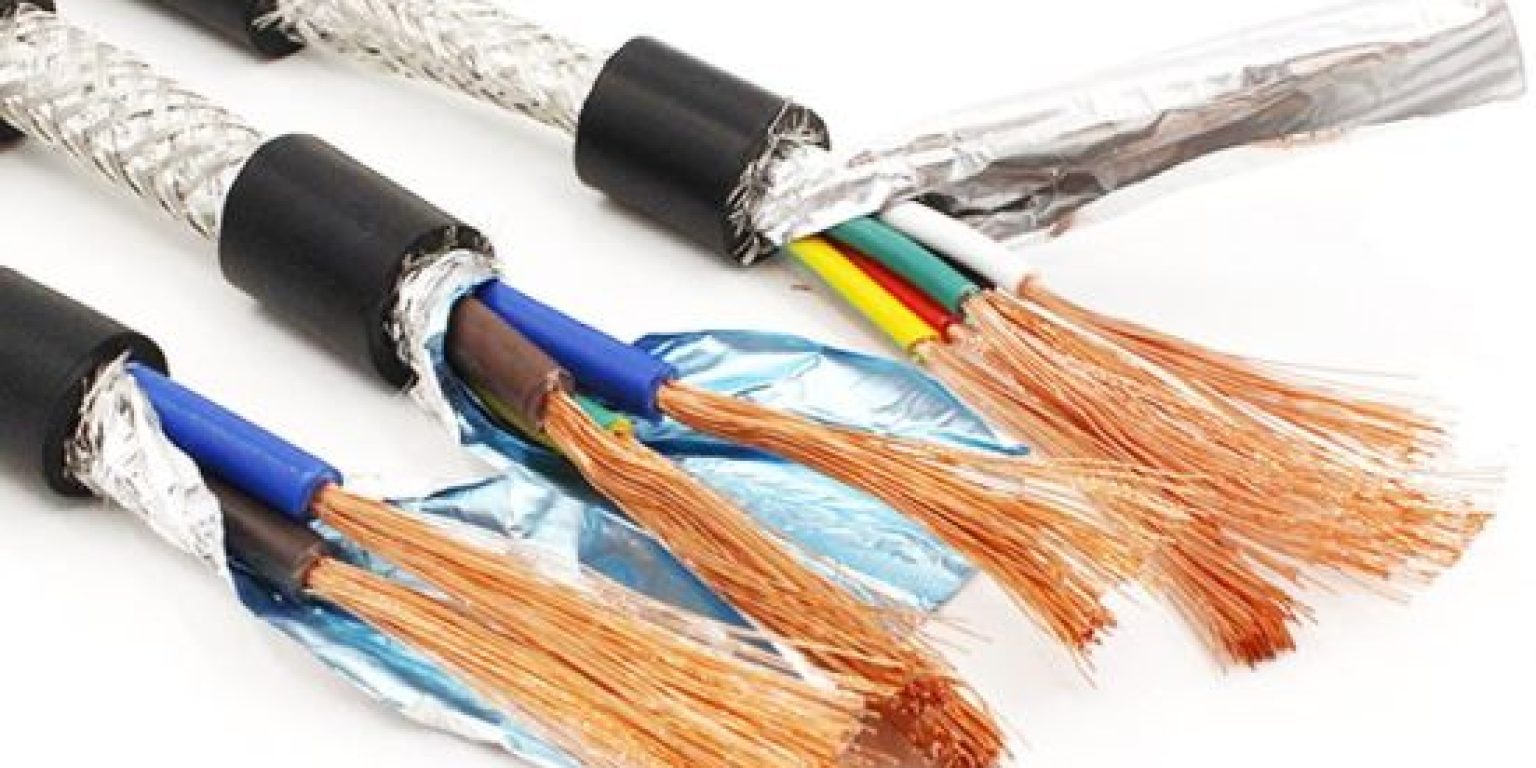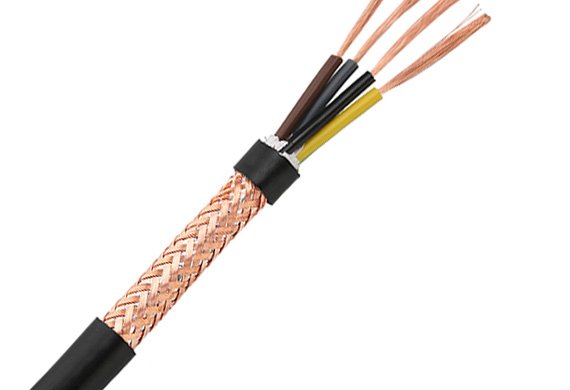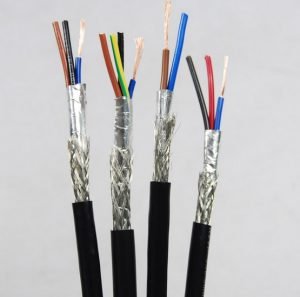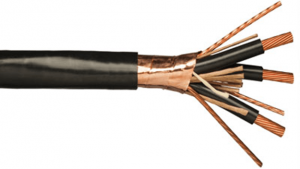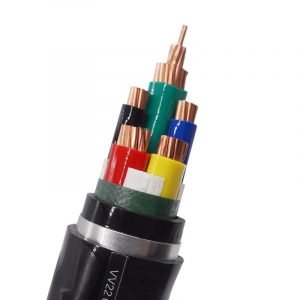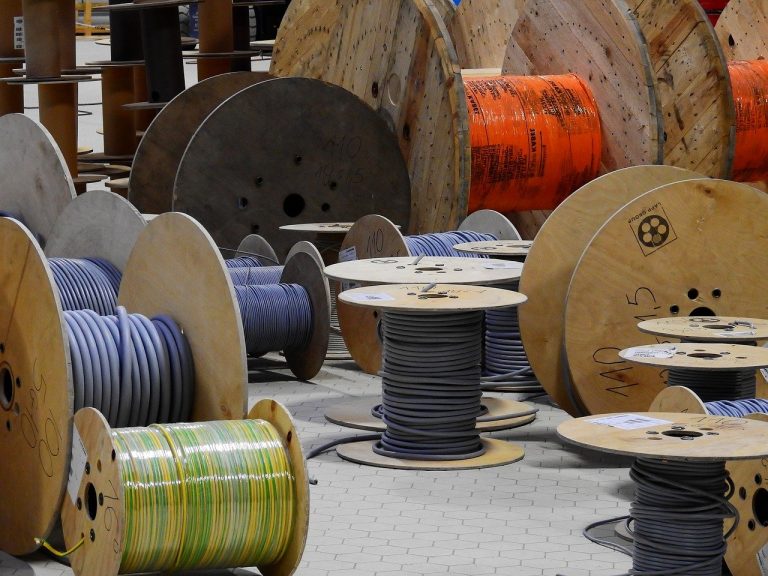Introduction
A braided cable is required to maintain stability. The crossed, interlaced wires allow the braiding to bend and stretch without buckling, folding, or kinking, as tapes may do in a flexible application.
A braided cable comprises an excellent electrical conductor and creates an electrostatic screen to ensure signal integrity. Copper, tinned copper, and aluminum are examples of these conductors.
The braided wire can be made of various materials if designed to give mechanical strength or toughness. Steel wires, nylon strands, and glass fibers are examples of this material.
A braided wire cable provides extra protection against hot surfaces by resisting abrasion and cutting. Rodents are also discouraged by a braided cable wire. Cable harnesses can be made by braiding lines together.
1. What are Braided Cables?
The use of braided wire mesh or weave over twisted conductors creates a braided cable. This is usually accomplished by weaving together multiple Plain or Tinned Copper wire strands to achieve the desired braid coverage.
A braided cable typically provides 80% coverage, but this can be adjustable to meet your specific needs. We have a braided cable 3 core suitable for metal lighting fittings; It is a flexible braid cable.
We also have a flat braided copper cable inform of the tube and flattened from 0.20 dia wire. Smaller diameter wire is used for lower current ratings, which enhances flexibility.
A flexible wire has been designed to withstand the physical stress and tight bending in moving applications. Flexible braid cable is bendable, light, and fire-resistant.
We get our cable braided by professionals.
Figure 1: Copper Braided Cable
Figure 2: Copper tinned Cable
2. Are Braided Cables Better?
Braided cables are mainly preferred due to the following attributes;
- Durability: it’s high tenacity fibers which make them have a long span.
- High elongation Properties: Braiding material like Nylon has a strong stretch characteristic, which makes braiding easier.
- Abrasion Resistance: A braided cable wire is extremely durable. has excellent abrasion resistance. They are desirable for any condition.
- Resilient: Braided cables are resilient enough, and there is no difficulty with heat.
- High Resistance: Braided cables also have Molds, mildew, rot, and many chemicals are all resistant to insects, fungi, and animals, as well as molds, mildew, and rot.
It’s important to use materials that melt rather than burn, such as Nylon because your equipment cables will be less likely to be burned in a fire.
3. Are Braided Cables Longer-Lasting?
Braided ground cables have a long lifespan if they are well fixed. Braided wires are generally flexible and experience less tear and damage. Braided cables are also valuable and give you good service even with heavy use. They are also water-resistant — however, it’s best to take good care of and avoid contact with water.
4. What is a Shielded Cable?
An electrical cable with insulated conductors is known as a shielded cable or screened cable. Copper (or another metal, such as aluminum) braided strands, a copper tape spiral wrapped in a non-braided spiral, or a conducting polymer layer can all be used to make the shield. The shield works as an enclosure, preventing electrical noise from interfering with the signals and electromagnetic waves from interfering with other devices.
Capacitively coupled noise from other power sources is reduced by the barrier. To function properly, the shield must be grounded.
The shield serves as the signal’s return path or only as screening in transmission wires with shielding
Figure 3: Shielded Power Cable
5. Differences between Armored and Braided cable?
The armored cable is a standard cable with an extra layer of protection to prevent it from being cut or damaged. The cable core’s performance, reliability, and safety are all improved due to the armor. If the wire is run open and unprotected or run underground, armoring protects it against deadly harm.
For maritime, offshore, and hazardous environment applications, it is frequently required.
Copper braid armor is the easiest for installers to work with because the cable is (somewhat) simpler to pull. The copper braid can be used as a safety earth conductor in specific applications.
The most complex type of armor braiding is single wire armor braiding. The cable is usually stiff in most circumstances and has a significant bending radius. However, it provides the cable with the most satisfactory mechanical protection.
A steel braided cable can suppress magnetic fields, reducing electromagnetic interference between it and nearby cables. Armored Cable requires unique 2-stage glands to assure gas and water-tight integrity when introducing cables into panels or equipment. To pull things off correctly, you’ll need a lot of talent.
Figure 4: Armored Cable
6. How is a Braided Cable Made?
Because the magnitude and overall performance of the wire and cable industry differ, large-scale investment and in the revival of equipment enterprise. The existing equipment invention and remodeling of the article cannot be made at this moment or in the future. So the remodeling of equipment and technology, in lowering product costs and improving quality has a great market.
The section below discusses shielded cable production and other braided shielded procedure and equipment enhancement strategies below 7 cores.
1. Defects in the initial production method and process
In the past, several firms in the cable, twisted production typically used cage stranding equipment. They had low machine production rates, high costs, long delivery cycles, and it was difficult to fulfill the expectations of customers. The results were negative impression on the corporate image.
The above items are produced with excellent production efficiency thanks to the transformation of tubular stranding machines. The tubular stranding machines themselves have weaknesses: First, there is no filling device on the tubular stranding machine in the cable.
Second, certain existing tubular stranding machines do not have a wrapping structure. So using a cable and wrapping it can not only raise production rates and reduced efficiency. It also enhances product quality in the production line.
As a result, some firms have looked into improving their equipment and procedures. To compensate for the tube stranding machine’s inadequacies in the production technique; the necessary actions are as follows.
2. Improvement of the process and the production process
Because of the challenges caused by the current equipment, the company’s production department aggressively advocated implementing the original production process improvement program. The reason is to meet energy and labor cost management objectives. First, the tube stranding machine into the cable prior to filling rewinding to 500 coils, with the core together for stranding.
Second, after the cable is formed, the braiding machine increases the polyester tape longitudinal wrapping tape. The cable core together through the braiding machine mouth mold, in the mold after the longitudinal wrapping, is completed, by copper wire brazing. Third, after the cable is formed, the braiding machine increases the polyester tape longitudinal wrapping tape. This includes the cable core together through the braiding machine mouth mold,
3. After improvement, the problem and therapy
When the cable core is woven, however, the two longitudinal edges of the polyester belt pass through the mold. When irregular deformation occurs, completing the longitudinal wrapping of the polyester belt two longitudinal lap together with irregular raised edges. It results in the ruffled edge phenomenon.
When the polyester belt is lapped together, the two longitudinal edges are not well connected. The outcome is leakage and serious wrinkles after longitudinal wrapping. It also results in an even cable core outside diameter after longitudinal wrapping and poor weaving uniformity.
In response to the appeal phenomenon, the company’s technical department analyzed and studied it.
The following are some suggestions for improvement.
Based on the original design of the braiding machine mold, raise and improve the mold structure and principle. So, the braiding machine mouth mold has a longitudinal bag horn area. It has a stable area of two regional structures, polyester belt through these two areas to achieve deformation. The deformation process is as follows:
The polyester belt is continuously wrapped on the cable core after copper wire braiding. It passes through the longitudinal bag area for initial deformation, from flat deformation to a similar tubular structure. And then through the stable area for further deformation, so that the tubular structure’s diameter is close to the design value.
Last Updated on June 27, 2022 by Richard

